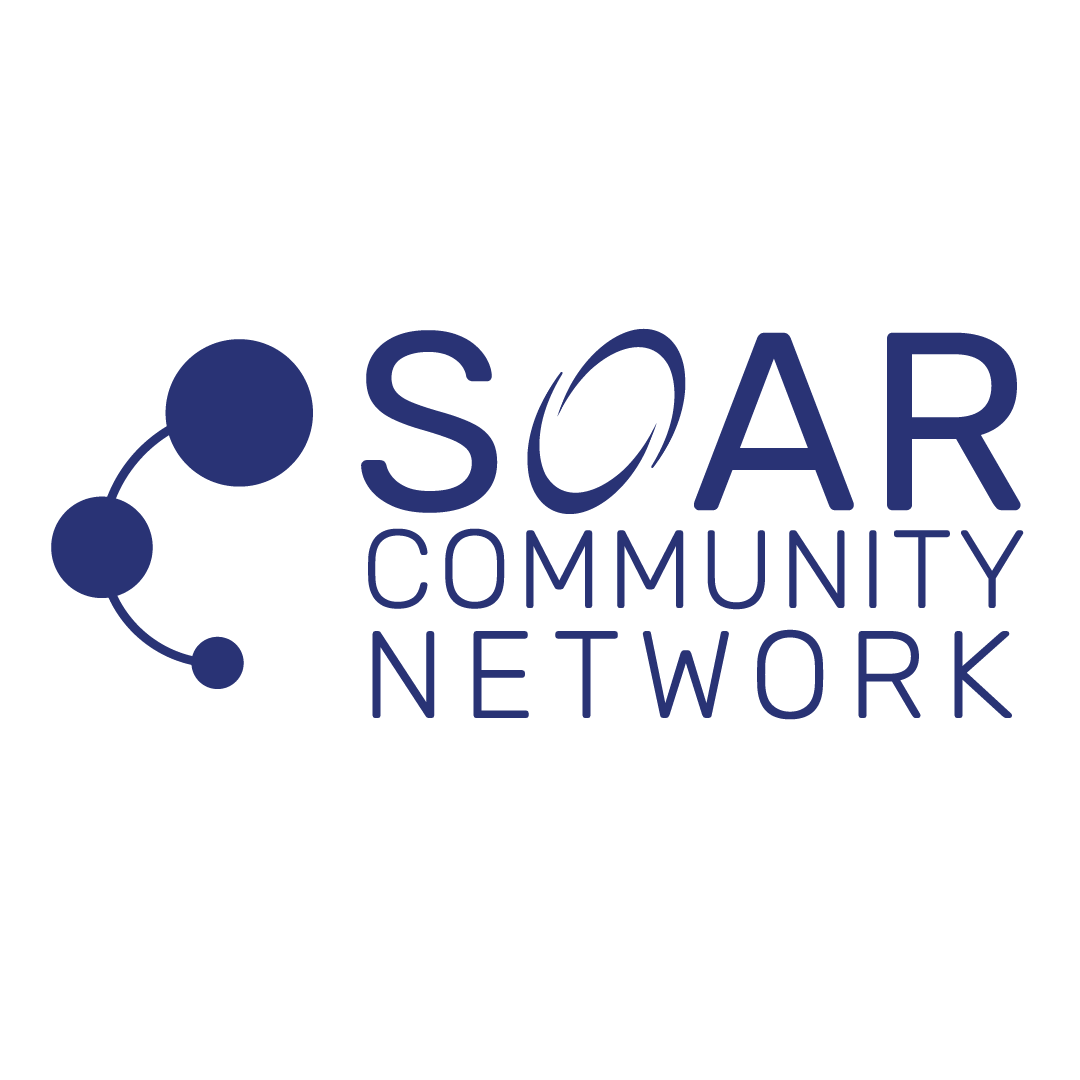Challenge:
Measuring the impact of your programs effectively is crucial for Community Development Financial Institutions (CDFIs) to optimize resource allocation and ensure that services meet community needs. However, many CDFIs face significant challenges in this area. Let’s explore these challenges, the solutions, and the actions you can take to enhance your program impact measurement. Many CDFIs struggle with the following issues when it comes to measuring program impact:
- Unclear Objectives and Metrics: Without specific, measurable goals and well-defined key performance indicators (KPIs), it’s challenging to determine what success looks like. This lack of clarity can lead to misaligned efforts and inefficient use of resources.
- Limited Team Engagement: Often, the impact measurement process is not inclusive, and team members who are on the ground are not involved in the development of metrics. This can result in a disconnect between the metrics used and the actual impact being made.
- Infrequent Reviews and Adjustments: Without regular check-ins and data reviews, it’s difficult to assess progress and make necessary adjustments. This can lead to continued inefficiencies and missed opportunities for improvement.
Solution:
Addressing these challenges involves setting clear objectives, engaging your team in the measurement process, and regularly reviewing and adjusting your strategies. Here’s how:
- Define Clear Objectives and Metrics: Start by setting specific, measurable goals that align with your mission. Identify key performance indicators (KPIs) that will help you track progress towards these goals. Clarity in objectives and metrics ensures that everyone understands what success looks like and how it will be measured.
- Engage Your Team in the Process: Foster a collaborative environment where team members can provide input on impact measurement. Their insights can help refine metrics and ensure that they accurately reflect on-the-ground realities. Involving your team in this process enhances buy-in and alignment.
- Regularly Review and Adjust: Schedule regular check-ins to assess progress towards your goals. Use these sessions to analyze data, celebrate successes, and make necessary adjustments to strategies and metrics. This continuous improvement process helps you stay agile and responsive to changing needs and conditions.
The Action:
Implementing these solutions involves specific actions that can be integrated into your organization’s practices:
- Conduct Strategic Planning Sessions: Facilitate sessions with senior leadership and team members to define and align on clear objectives and KPIs. Ensure these are communicated and embedded in all organizational messaging.
- Use Collaborative Tools for Engagement: Deploy tools that allow team members to provide feedback and contribute to the development of metrics. This could include surveys, workshops, or digital collaboration platforms.
- Establish a Review Cadence: Set up a regular cadence for reviewing progress, such as monthly or quarterly check-ins. Use these sessions to discuss data, identify trends, and make necessary adjustments. Ensure that these reviews are seen as opportunities for learning and improvement rather than mere formalities.
Conclusion:
Enhancing your program impact measurement is essential for optimizing resource allocation and meeting community needs effectively. By defining clear objectives and metrics, engaging your team in the process, and regularly reviewing and adjusting your strategies, you can transform how your CDFI measures and achieves program impact.
Our C3 Framework, designed to foster compassionate, cohesive, and collaborative cultures, provides the foundation for these solutions, ensuring long-term success and impact.

